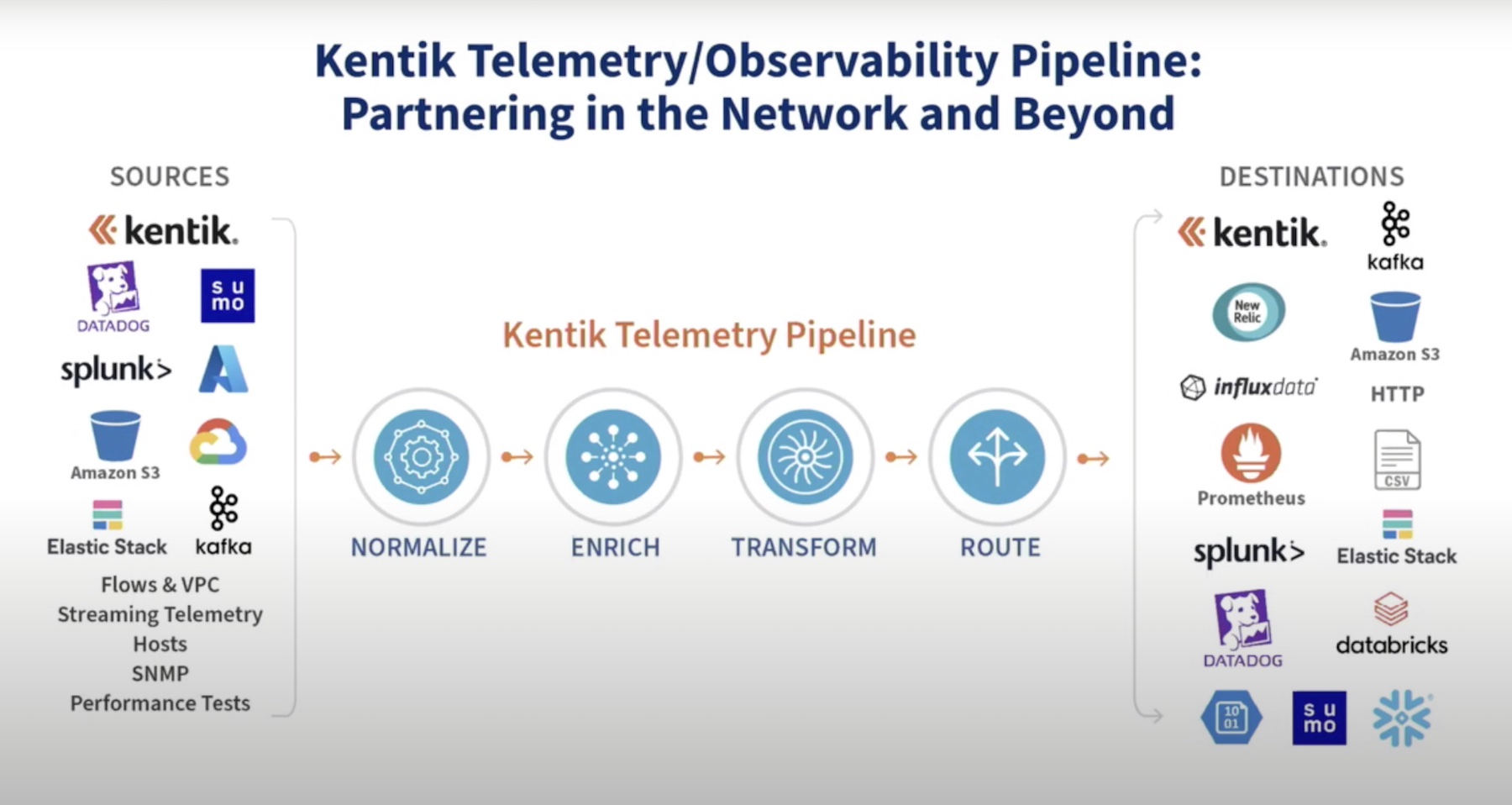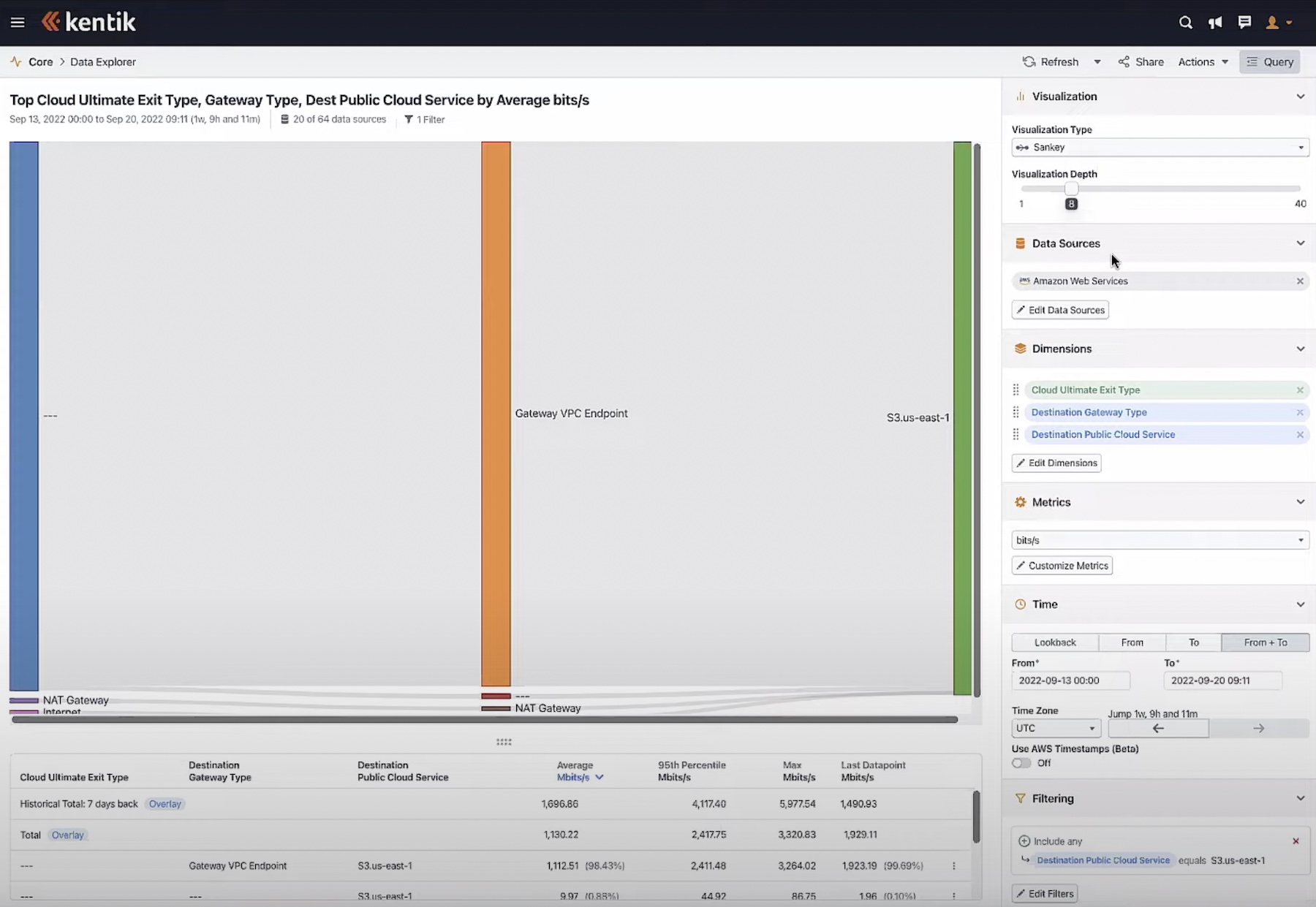Network capacity planning is traditionally a broad and exhaustive process, one that involves complex calculations and assessments. Being manual from start to end, it demands long periods of time and time costs money in business. With Covid-19 altering the network traffic patterns widely, the traditional process has fallen short. At the Network Field Day: Service Provider event in August, Kentik presented several of its capabilities built into the Kentik network observability solution. In its platform, Kentik has a capacity planning tool that automates the entire process calling for little to no human intervention.
Capacity Planning Entails Continuous Network Adjustments
In the current economy which is in recovery from the still ongoing pandemic and in its worst shape in years, capacity planning is an even bigger ordeal for operators. Traffic has shot up and that’s supposed to be a good thing as more people are using the network, only the delivery time for network gears has gone up too with it. During Covid-19, operators reported sharp spikes in voice, video and messaging and to cope with that, they resorted to throttling and reducing video resolutions to save bandwidth. But these measures are not sustainable.
The traditional short-cuts and techniques that worked for a few busy hours pre-pandemic are falling short today, because for one they’re not enough, and for another they involve way too much human input. They neither make the network resilient, nor improve the digital experience. The traditional process of capacity planning is still unnecessarily complex and rigorous.
Making It Easier with Automation
To make sure that both capacity and quality are preserved and enhanced, capacity planning needs to be fully automated, and that’s where Kentik comes in. Kentik relies on automation to ensure that networks have both capacity and quality. With capacity planning, Kentik seeks to make the process less rigorous and enable operators to address a possible overload proactively.
Nina Bergisen, Tech Evangelist at Kentik says that oftentimes the solution to a CPU or memory overload lies in understanding what traffic can be moved around and also identifying what prefixes are of not much value that are coming in anyway and overloading the PTP process in the router because of joining an internet exchange that can be removed. She points out, “If you are on an internet exchange and you can do one session to a route server, and you’re getting routes from every other participant on the server sent to your router – this seems like a really good idea, except you’re not getting a lot of traffic, but you’re getting a lot of prefixes. The proportion might not be good.” Through Kentik, that can be spotted and fixed.
Capacity Planning with Kentik
At the virtual event of Networking Field Day: Service Provider, Bargisen presented the capacity planning capabilities of Kentik. Using a particular use case as an example, she demonstrated how Kentik can help when not only interfaces, but other resources like memory and CPUs run full.
Inside Kentik, all traffic sources coming from an interface can be viewed in the Data Explorer. When there are more prefixes coming into the router and it’s reaching the point of being overloaded, users can switch to Kentik Market Intelligence or KMI which is Kentik’s intelligence solution for all updated information on global IF traffic flows. KMI presents this information in an intuitive, easy to read format. Information displayed on KMI is helpful in identification of peering relationships and zooming into the volume of prefixes originating from individual customers.
Operators can resolve the issue of memory overload by choosing to peer and de-peer from customers depending on the number of prefixes each is generating. Selective filtering and selective peering policies help monitoring the traffic volume as well as the prefixes that are coming with a certain traffic.

To monitor quality, Kentik recommends setting up a synthetic or ASN test for all filtered peers. This can be done in the Kentik Test Control Center in Synthetics Test Settings. The Test Control Center has information of all globally dispersed agents such as private, global, app, broadband and public cloud.
Adding a test is pretty simple on the TCC. Operators can go to Add Test, choose from the predefined list of tests and select the type of traffic to test ASNs. The Test Control Center shows administrators the sites from where the traffics are coming and allows them to select agents from those sites. Under advanced settings inside the flow, users can also select targets related to the chosen ASNs that they want to monitor. Tests can be configured and reconfigured based on situation. The flow data in the test result shows what the problems are with that specific ASN.
Wrapping Up
There is a lot more that you can do with Kentik but just from what we learned on the capacity planning side of it, it’s of great utility in meeting network demands and supporting spurts of activity during certain hours throughout the day. One of the many things that the pandemic-ridden economy has taught us is that flexible network architectures are not a thing of the future but today. And providers need to find ways to deliver that now. Kentik makes it possible to monitor and regulate capacity and quality with high granularity, spinning up and upgrading capacity dynamically in real time based on the changing demand patterns with bare minimum human intervention. That is game-changing for operators and ensures smooth operation of services at all times.
To know more about Kentik, get a free demo on Kentik’s website or check out the other deep-dive presentations from the recent Networking Field Day: Service Provider event.




